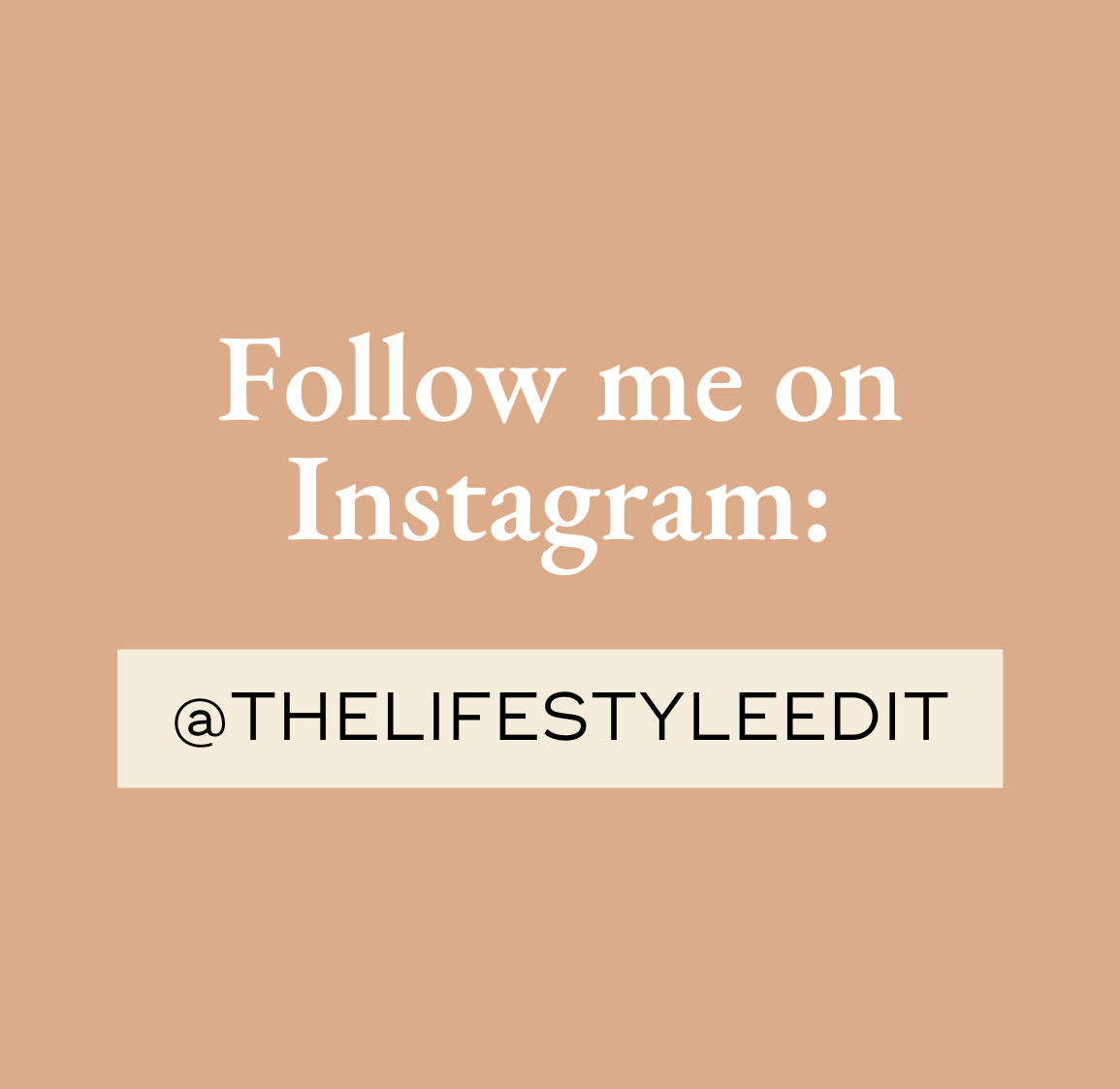Breaking down what they are and how you can utilize them to attract and convert leads into paying clients.
As a coach, you’ve probably heard the term “sales funnel” thrown around in marketing conversations. But what exactly is a sales funnel, and why is it so important for your coaching business?
In this post, we’ll break down the sales funnel in simple terms, explain how it works, and show you how to use it to consistently attract and convert leads into paying clients.
Defining the Sales Funnel – A Simple Explanation
At its core, a sales funnel is a visual representation of your client’s journey from first discovering you to becoming a loyal, paying customer.
The term “funnel” comes from the fact that, just like a physical funnel, the number of potential clients narrows at each stage of the process.
It starts with a large pool of potential leads at the top (awareness) and works down through stages until a smaller group emerges at the bottom, having converted into clients (action).
Why Sales Funnels Are Important for Coaches
Why do coaches need a sales funnel?
Simply put, a sales funnel automates the client acquisition process, allowing you to consistently bring new leads into your business and nurture them until they’re ready to invest in your services.
Without a funnel, you’re likely relying on inconsistent marketing tactics or word-of-mouth referrals, which won’t give you the steady stream of clients needed to grow your business.
A well-optimized funnel helps you work smarter, not harder, by automating most of the legwork involved in client attraction and conversion.
The Stages of a Sales Funnel Explained
Every sales funnel, regardless of the business type, typically consists of four key stages: Awareness, Interest, Decision, and Action. Understanding these stages is critical to building a funnel that works.
Stage 1: Awareness – Attracting New Leads
The first stage of the funnel is Awareness. This is where people first come into contact with your business. They may not know who you are or what you offer, but they’re looking for solutions to their problems.
In this stage, the goal is to attract as many qualified leads as possible. This is often done through lead magnets like free guides, quizzes, or mini-courses, which encourage cold traffic to give you their contact information in exchange for something valuable.
Stage 2: Interest – Building Connection and Trust
Once someone has entered your funnel, they move into the Interest stage. At this point, they’re starting to get to know you and your coaching services, but they aren’t yet ready to buy.
Your job in this stage is to build trust and rapport through nurturing content. This can include email sequences, educational blog posts, or webinars that demonstrate your expertise and show how you can solve their problems.
Stage 3: Decision – Turning Leads into Clients
The Decision stage is where your lead is considering whether or not they should take the next step and invest in your coaching. They’re likely comparing you to other coaches or solutions, so it’s crucial to make your value clear.
This is where you present your offer—whether it’s a high-ticket 1:1 coaching program, group coaching, or a course. Testimonials, case studies, and limited-time offers can help push leads over the edge and encourage them to make a decision.
Stage 4: Action – The Final Step to Conversion
The final stage of the funnel is Action—this is where the magic happens! At this stage, your lead becomes a paying client. Whether they sign up for a call, purchase a course, or join your program, they’re taking action and converting into a customer.
Your goal in this stage is to make the conversion process as seamless as possible. This might include having an easy-to-navigate checkout process, clear instructions for next steps, and personalized follow-ups to ensure a smooth transition from lead to client.
How Sales Funnels Work for Coaching Businesses
Now that we’ve broken down the individual stages, let’s look at how sales funnels specifically benefit coaching businesses.
For coaches, sales funnels allow you to create a systemized approach to client acquisition. Instead of manually prospecting or chasing down leads, your funnel works on autopilot to attract potential clients, nurture relationships, and convert them into paying customers—all while you focus on delivering excellent coaching.A great example is a Webinar Funnel for coaches, where you offer a free training session in exchange for contact information and follow up with an automated sequence that nurtures attendees toward enrolling in your coaching program.
Common Sales Funnel Misconceptions
Many coaches hesitate to implement a funnel because they believe a few common misconceptions. Let’s clear those up:
- “Funnels are only for product-based businesses.”
Not true! Service-based businesses, especially coaching, can benefit greatly from a well-structured funnel. - “I don’t need a funnel; my referrals bring in enough clients.”
While referrals are great, relying solely on them can lead to inconsistent income and missed opportunities. A funnel gives you control over your client acquisition. - “Funnels are too complicated.”
While the idea of a funnel may seem complex, it can be broken down into simple, manageable steps. You don’t need fancy software or complex tech to get started. The key is understanding your client’s journey and guiding them through it.
Start Building Your Funnel for Sustainable Growth
Sales funnels are not just for e-commerce or product-based businesses—they are an essential tool for coaches looking to grow and scale sustainably. By understanding the different stages of a funnel and optimizing it for your specific audience, you can consistently attract new leads, build trust, and convert them into paying clients.







